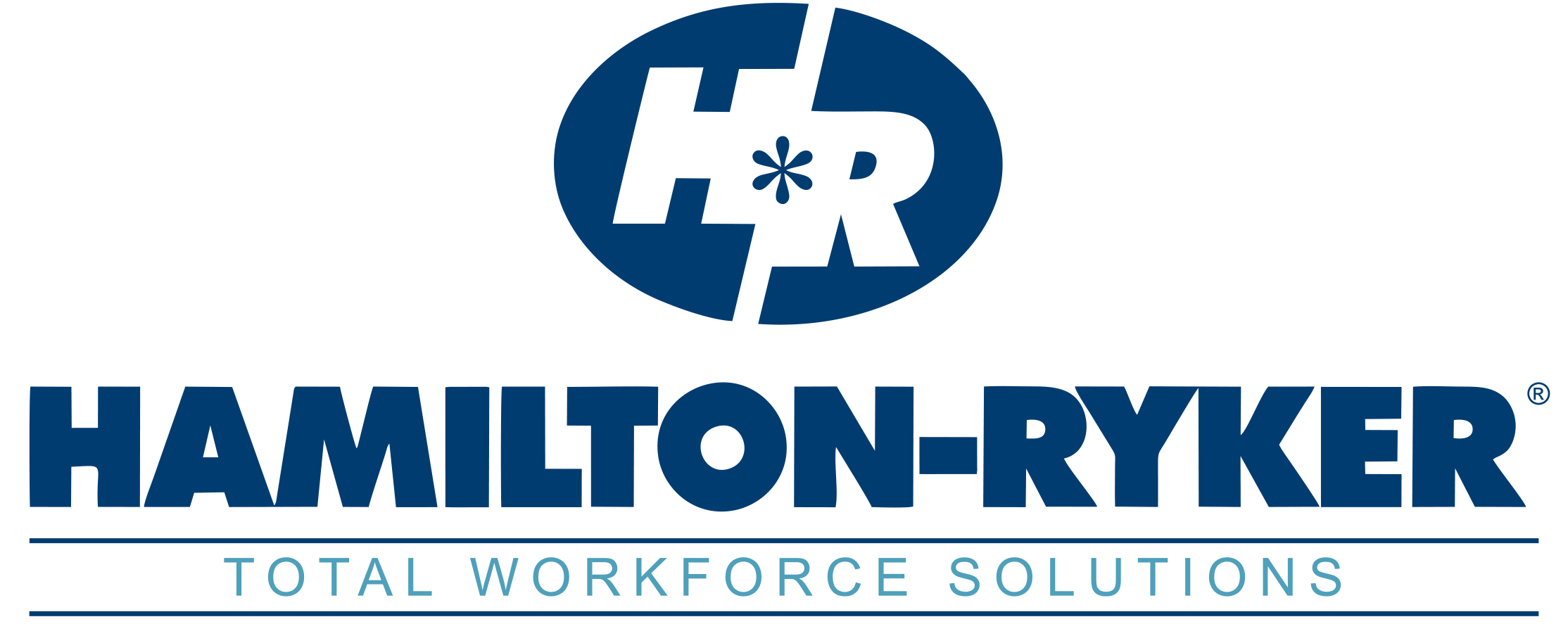Maybe Growth Is More Important Than Goals. How to Identify Your Career Path and Take It Confidently!
In many cases, professional goals are touted as the key to ongoing success. However, goals are relatively rigid, setting highly specific targets that may not make sense after time passes or certain situations evolve. As a result, some professionals are better served by focusing on growth instead of committing to goal-setting.
By being growth-oriented, you’re planning to seize professional development opportunities as they become available. This includes pursuing growth on your own time and taking advantage of employer-provided options when the opportunity arises. As a result, there’s a higher degree of flexibility and ample chance for exploration, allowing you to develop a career path that you can take confidently.
Often, the biggest challenge with the growth-oriented approach is determining the initial pathway. If you want to identify your career path, here are some tips that can get you headed in the right direction.
Reflect on Your Values and Priorities
Before you take any other step, it’s wise to reflect on your values and life priorities. A significant part of job satisfaction is derived from a general sense of alignment with your employer, field, and role. By knowing your values, you can determine if a company’s mission and culture are a fit. By understanding what you prioritize in life, you can find roles that meet those expectations.
Ask yourself critical questions about what you consider important. Do you prefer structure or autonomy? Is supporting your local community important? Are you a fan of tradition or innovation? What kind of impact do you want to make overall?
After that, determine what you need from a job. Is working from home or in a formal workplace a better fit? Is your career or your home life a top priority? What aren’t you willing to sacrifice for an employer? Do you need a lively, collaborative work environment, or do you prefer quieter spaces and a high degree of independence?
By focusing on those two areas, you can start to identify career paths that meet those needs.
Identify Your Favorite Skill Areas
Aligning your career with your favorite skill areas allows you to spend more of your time on the job doing activities you enjoy. Start by identifying your primary strengths and weaknesses, noting whether they match tasks you like to do or would prefer to avoid. Then, dig into individual skills you’ve developed, also separating those you enjoy using from those you don’t.
You can also examine your past duties for more insights. Consider which responsibilities make you feel engaged and focused and which are frustrating or dull.
Finally, don’t overlook your hobbies or personal interests. Often, what you choose to spend your time on voluntarily gives you powerful insights about what you like to do. The goal here is to determine which of your capabilities could bring you joy on the job, allowing you to refer to them as you explore career options.
Outline Career Paths with Potential
Once you complete the exercises above, it’s time to outline career paths with potential. Find a target role that generally meets your needs with a small margin for error. Then, identify the jobs that come before and after it, allowing you to see where you’d enter the path and where it can take you.
After that, examine the requirements for the various roles. Determine what education, training, skills, or experience you’d need to head in that direction. By doing that, you can narrow down your options based on the preparation effort you’re willing to take.
Once you have the outlines, you can typically figure out which option is the best fit. Then, you can begin that journey confidently, as you’ll know it’s a strong match.
If you’d like to find out more about how to cultivate a growth-oriented career that fits your ideal path or are ready for a new job that gets you moving in the right direction, Hamilton-Ryker wants to hear from you. Contact us today.

